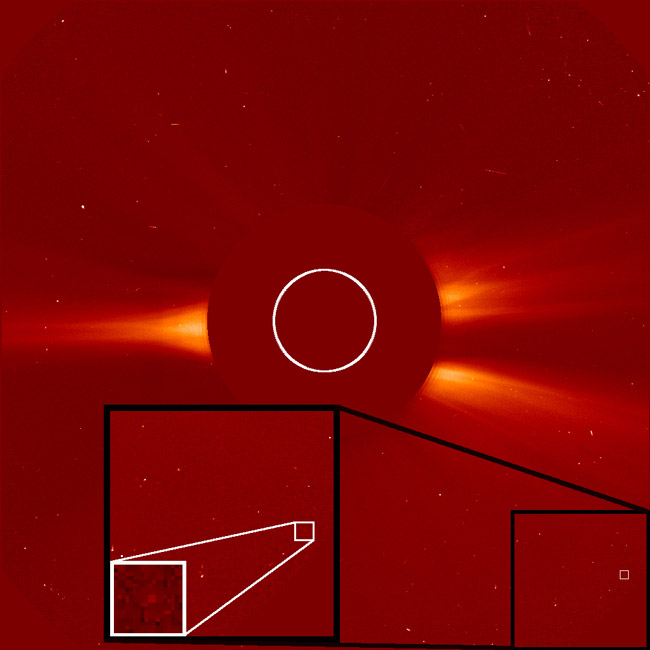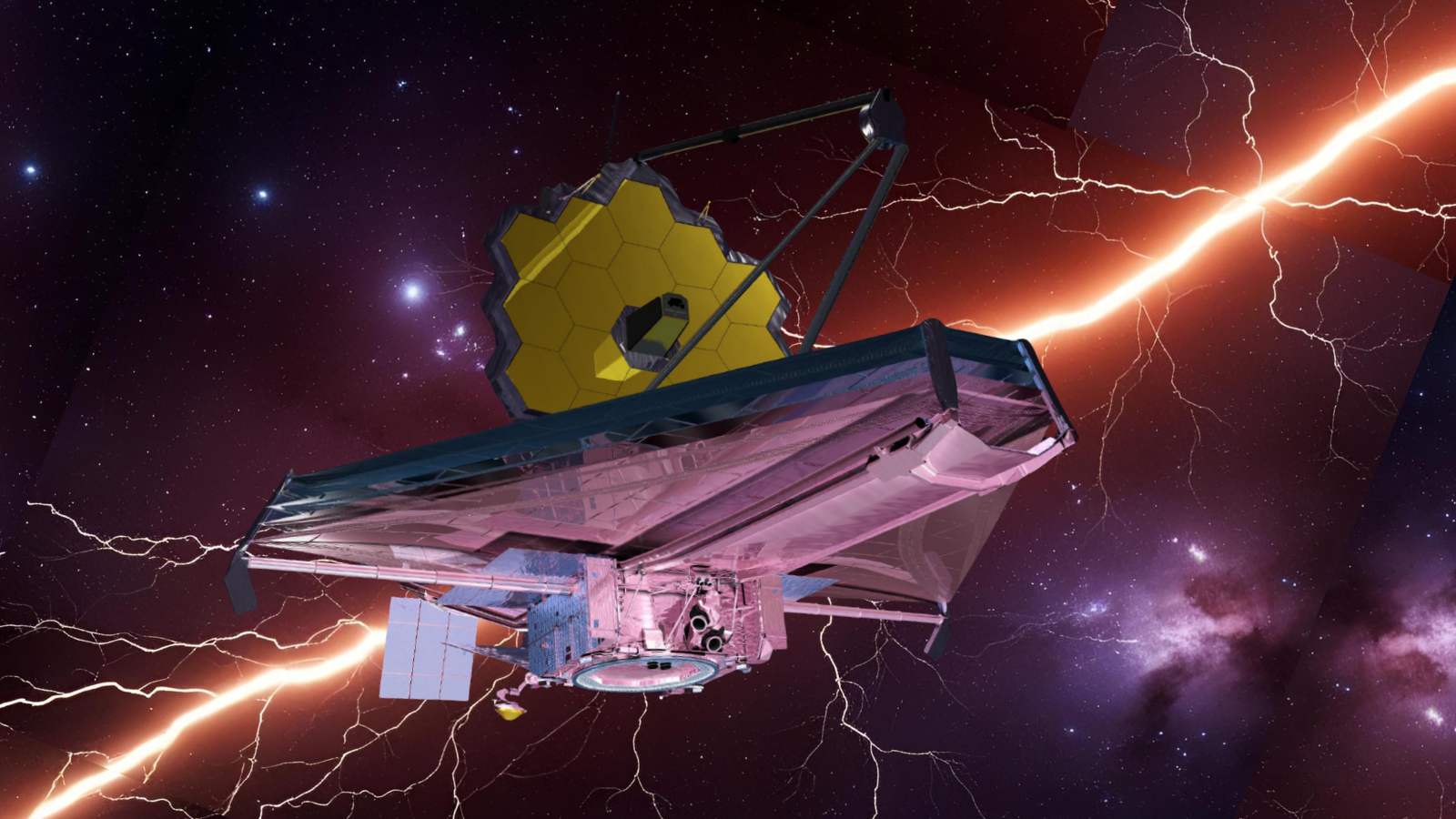SOHO Spacecraft Finds 1,500th Comet

TheSOHO spacecraft discovered its 1,500th comet this week, making the observatorythe most successful comet detector.
TheNASA/ESA Solar and Heliospheric Observatory made its historic discovery on June25, thanks to U.S.-based amateur astronomer Rob Matson. That puts SOHO?s countahead of all other discoverers of comets throughout history combined.
SOHOlaunched in 1995 to study solar physics and spaceweather, but its prime location between the sun and the Earth gives anexcellent view of the space inside Earth?s orbit. The spacecraft records cometsas they slowly lose ice and often disintegrate in orbit around the sun.
"Thisis allowing us to see how comets die," said Karl Battams, SOHO researcherat the Naval Research Laboratory in Washington, D.C.
Volunteersand astronomers can pore over downloaded data from SOHO to try and find comets.Findings get checked by Battams and then passed on to the Minor Planet Center,where the comets get cataloged and have their orbits calculated.
Roughly85 percent of SOHO?s comet discoveries involve a collective of icy objects knownas the Kreutz group — fragments of a giant comet that disintegrated whileorbiting the sun centuries ago. The comet?s offspring now pass within 932,000miles (1.5 million km) of the sun, then are flung far out into the solar systemon highly elliptical orbits.
- Multimedia: Comets Myths & Mysteries
- Video: Meteor Fall Caught on Camera
- Image Gallery: Comets
Breaking space news, the latest updates on rocket launches, skywatching events and more!

Space.com is the premier source of space exploration, innovation and astronomy news, chronicling (and celebrating) humanity's ongoing expansion across the final frontier. Originally founded in 1999, Space.com is, and always has been, the passion of writers and editors who are space fans and also trained journalists. Our current news team consists of Editor-in-Chief Tariq Malik; Editor Hanneke Weitering, Senior Space Writer Mike Wall; Senior Writer Meghan Bartels; Senior Writer Chelsea Gohd, Senior Writer Tereza Pultarova and Staff Writer Alexander Cox, focusing on e-commerce. Senior Producer Steve Spaleta oversees our space videos, with Diana Whitcroft as our Social Media Editor.
